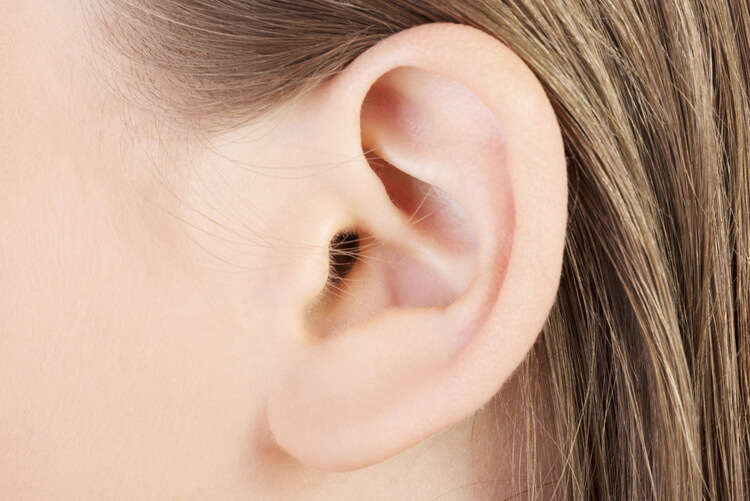Anatomically the ear is divided into three areas. The outer ear, the middle ear and the inner ear. The outer ear consists of the auricle and the canal. The boundary of the outer ear and the middle ear is the eardrum. The outer ear channels the sound towards the eardrum. The outer ear also shapes the sounds so you can tell which direction it is coming from.
The eardrum is also called the tympanic membrane. It is a thin layer of skin-like tissue. It is protected from direct damage by being hidden and at the end of the ear canal. If there is a sudden change in pressure however, it can be damaged by this.
The middle ear is an air space which contains the ossicles. These are tiny bones which conduct the sound from the outer to the inner ear. The smallest bone in the body is the stapes, one of the ossicles. It is only 2 or 3 mm long.
The inner ear consists of the cochlea and semicircle canals. The ossicles conduct the sound to the cochlear which converts the sound energy into nerve signals. These are sent down the auditory nerve to the brain. This interprets the signals as sounds.











